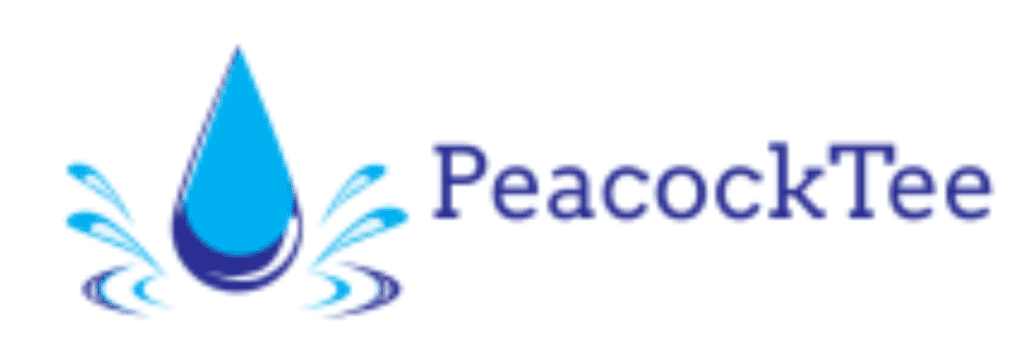No products in the cart.
Breast Cancer
Breast Cancer Symptoms: What to Look For and When to Seek Help
Breast cancer is one of the most common cancers among women worldwide. Early detection plays a crucial role in improving survival rates and treatment outcomes. Recognizing the symptoms of breast cancer is key to prompt diagnosis and intervention. In this article, we will explore the signs and symptoms of breast cancer and when it’s essential to seek medical help.
Common Symptoms of Breast Cancer:
- Breast Lump: One of the most noticeable signs of breast cancer is the presence of a lump or mass in the breast or underarm area. While not all lumps are cancerous, any unusual growth should be evaluated by a healthcare professional.
- Changes in Breast Size or Shape: Breast cancer may cause a noticeable change in the size, shape, or appearance of one breast. This can include swelling, dimpling, or skin puckering.
- Nipple Changes: Pay attention to any changes in the nipples, such as inversion (nipple turning inward), discharge (other than breast milk), or scaling and crusting.
- Breast Pain: While breast pain is a common concern, it is not usually a symptom of breast cancer. However, persistent or unexplained breast pain should be evaluated by a healthcare provider.
- Redness or Rash: Unexplained redness, warmth, or a rash on the breast’s skin can be a sign of inflammatory breast cancer, a rare but aggressive form of the disease.
- Changes in Texture: Some women may notice a change in the texture of their breast skin, such as the appearance of “orange peel” texture or thickening.
When to Seek Medical Help:
Early detection is critical in the successful treatment of breast cancer. If you notice any of the symptoms mentioned above, it’s essential to take the following steps:
- Contact a Healthcare Provider: Schedule an appointment with your primary care physician or a breast specialist to discuss your symptoms. Be prepared to describe your symptoms in detail, including when you first noticed them.
- Clinical Breast Exam: Your healthcare provider will perform a clinical breast exam to assess the lump or changes in your breast. They may also conduct a breast ultrasound or recommend a mammogram.
- Breast Imaging: In most cases, a mammogram will be ordered to obtain a detailed image of the breast tissue. Mammography is a highly effective tool for breast cancer detection.
- Biopsy: If abnormalities are found during imaging or the clinical exam, a biopsy may be recommended. A biopsy involves taking a small tissue sample from the lump or affected area to determine if it is cancerous.
- Consultation with a Specialist: If cancer is diagnosed, your healthcare provider will refer you to an oncologist or a breast surgeon for further evaluation and treatment planning.
It’s important to note that breast cancer can develop without any noticeable symptoms, which is why regular screening and mammograms are crucial, especially for women over 40 or those with a family history of breast cancer.
In conclusion, recognizing the symptoms of breast cancer and promptly seeking medical help can significantly improve the chances of early diagnosis and successful treatment. Regular breast self-exams, clinical breast exams, and mammograms are essential tools for early detection. If you notice any changes in your breast health, do not hesitate to reach out to a healthcare professional. Remember that early detection saves lives.







